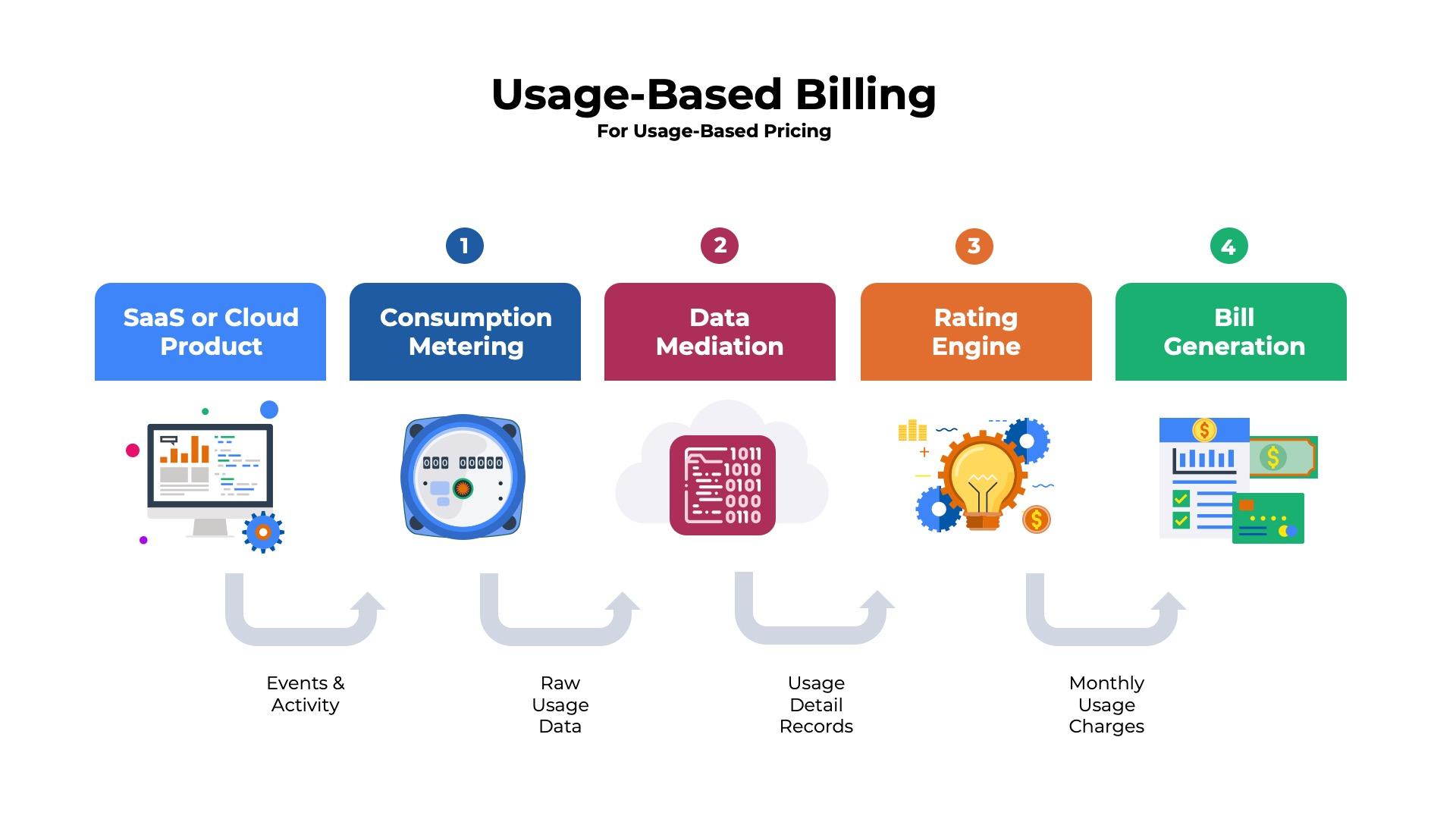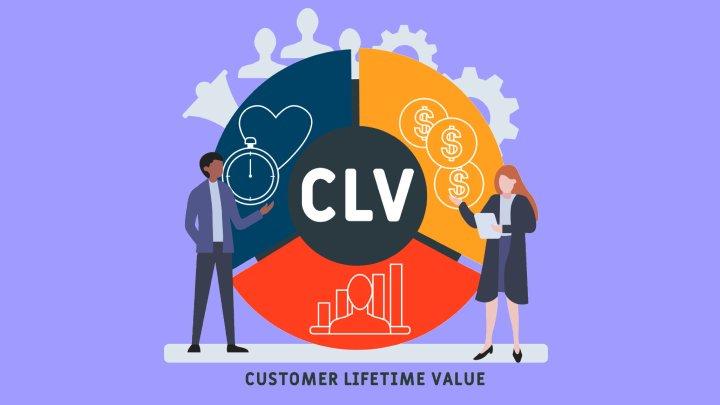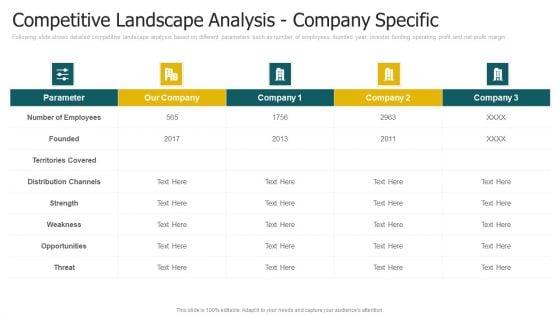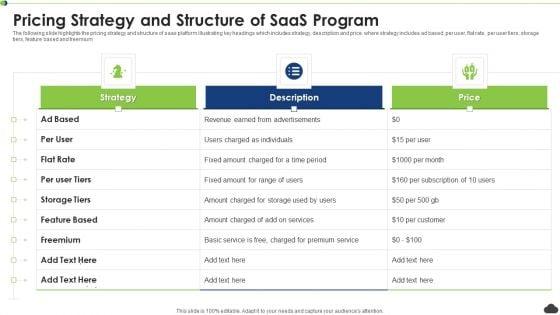In an era where digital innovation reigns supreme, Software as a Service (SaaS) has emerged as a pivotal player in the tech landscape, revolutionizing how businesses operate and scale. Yet, amidst the rapid growth and widespread adoption of SaaS, one critical aspect often remains shrouded in complexity: pricing. “Unlocking Value: Exploring SaaS Pricing Models” delves into the intricacies of various pricing strategies that define the SaaS ecosystem. From subscription-based models that promise predictability and stability to usage-based approaches that align costs with actual consumption, this article aims to demystify the options available to businesses and their implications for value creation. By examining the strengths and weaknesses of each model, we seek to illuminate the pathway to not just profitability for providers, but also to optimal outcomes for users—unlocking value in a landscape that is as dynamic as the services it offers.
Understanding the Spectrum of SaaS Pricing Models
When diving into the world of Software as a Service (SaaS), it’s essential to recognize the multitude of pricing models available, each catering to different business needs and customer preferences. The landscape of pricing strategies can be broadly categorized into several key types:
- Subscription-Based: Customers pay a recurring fee, typically monthly or annually, which grants them access to the software. This model promotes predictable revenue for providers and ensures continuous updates for users.
- Usage-Based: Also known as pay-as-you-go, this model charges customers based on their usage or consumption of the service, allowing for flexibility and scalability.
- Tiered Pricing: This approach provides multiple packages at different price points, with each tier offering a set of features. It helps target various segments of the market.
- Freemium: Users can access basic features for free while being offered the option to upgrade for premium features or functionalities.
These diverse pricing models not only influence customer acquisition but also play a critical role in customer retention and satisfaction. Below is a brief comparison of the advantages and challenges associated with each model:
| Pricing Model | Advantages | Challenges |
|---|---|---|
| Subscription-Based | Predictable revenue, easy budgeting | Commitment may deter some users |
| Usage-Based | Scalable, attractive for variable needs | Unpredictable costs for customers |
| Tiered Pricing | Caters to diverse market segments | Overwhelming options for customers |
| Freemium | Encourages user acquisition | High conversion rates needed for profitability |

Evaluating the Impact of User-Based vs. Usage-Based Pricing
When it comes to pricing strategies, businesses often grapple with the choice between user-based and usage-based models. User-based pricing typically charges customers a flat fee per user, making budgeting straightforward for clients while fostering predictable revenue streams for the SaaS provider. This model is advantageous for applications designed for team collaboration, where the user count can scale as a business grows. Some key benefits include:
- Predictability in costs for users
- Higher revenue stability for providers
- Encouragement of collaborative use as teams expand
On the other hand, usage-based pricing aligns charges directly with the consumption of the service, making it inherently flexible and often more attractive to resource-conscious businesses. This model works well for products with variable usage, where clients pay based on the exact level of service they consume. Benefits of this approach include:
- Cost-effectiveness for users with sporadic or varying demands
- Potential for increased adoption among smaller companies
- Encouragement for users to engage fully, as they only pay for what they use
In evaluating both strategies, companies may also consider blending elements of each to create hybrid models that address diverse customer needs while optimizing revenue potential. The table below summarizes both pricing approaches:
| Pricing Model | Pros | Cons |
|---|---|---|
| User-Based |
|
|
| Usage-Based |
|
|

Strategies for Optimizing Customer Lifetime Value through Pricing
To effectively enhance Customer Lifetime Value (CLV), SaaS companies should consider implementing tiered pricing models that cater to different segments of their customer base. By offering multiple tiers, businesses can ensure that they meet the varying needs and budgets of their customers. This way, customers can choose the package that best aligns with their requirements, and companies can capitalize on upselling opportunities. Furthermore, incorporating a freemium model allows potential customers to experience the product before committing financially, increasing the likelihood of conversion to paid plans. Other strategies include:
- Usage-based pricing: Customers pay based on their consumption, which encourages them to utilize the service more.
- Annual subscriptions: Offering discounts for upfront annual payments can enhance cash flow and retain customers longer.
- Value-based pricing: Adjusting prices according to the perceived value of products can lead to higher customer satisfaction and loyalty.
Another strategy involves employing data-driven insights to fine-tune pricing dynamically. By analyzing customer behavior and feedback, SaaS companies can identify trends and make adjustments to their pricing strategies accordingly. Customer segmentation is key here; businesses can tailor their pricing structures based on demographic, behavioral, and psychological attributes. For instance, analyzing a customer’s usage patterns can signal when to introduce personalized offers or discounts to foster loyalty. Additionally, it’s crucial to maintain transparency in how prices are set and any potential increases, as this builds trust. A simple pricing table can help illustrate the value proposition effectively:
| Plan | Monthly Fee | Features |
|---|---|---|
| Basic | $29 | Access to core features, Email support |
| Pro | $79 | All Basic features, Priority support, Advanced analytics |
| Enterprise | $149 | All Pro features, Custom integrations, Dedicated account manager |

Navigating Competitive Landscapes with Tailored Pricing Approaches
In an increasingly crowded market, the ability to adapt pricing strategies to the specific needs and behaviors of target customers is essential for SaaS companies looking to maintain a competitive edge. To achieve this, businesses can employ a variety of tailored pricing approaches that resonate with their unique audience. Some effective strategies include:
- Value-Based Pricing: Aligning price points with the value perceived by customers to maximize revenue.
- Tiered Pricing Models: Offering packages that cater to different customer segments based on their needs and usage levels.
- Freemium Strategies: Providing a basic service for free, encouraging users to upgrade to premium features as they become more engaged.
- Dynamic Pricing: Adjusting prices based on market demand, competition, or customer behavior to optimize sales.
To effectively implement these pricing models, an analysis of competitor strategies can reveal valuable insights. Below is a simple comparison table showcasing different SaaS companies and their pricing approaches:
| Company | Pricing Model | Target Segment |
|---|---|---|
| Company A | Value-Based | Enterprises |
| Company B | Freemium | Startups |
| Company C | Tiered | Small Businesses |
| Company D | Dynamic | Scaling Users |
This analysis not only sheds light on how competitors structure their offerings but also aids SaaS businesses in identifying gaps in the market that can be leveraged through creative pricing strategies. By understanding these dynamics, companies can strategically position themselves to attract and retain customers, ultimately driving growth and profitability.
Insights and Conclusions
In the ever-evolving landscape of software as a service, understanding the intricacies of pricing models is not merely an academic exercise; it is a strategic imperative. As we reach the conclusion of our exploration into the various frameworks that define SaaS pricing, it becomes clear that the key to unlocking value lies not just in the dollar signs but also in the alignment of these models with customer needs and industry dynamics.
Every pricing strategy, whether subscription-based, tiered, freemium, or usage-based, carries its own unique advantages and challenges. The best approach is one that resonates with the target market while fostering a sustainable business model. As organizations continue to innovate and adapt in this digital age, the flexibility of SaaS pricing will play a pivotal role in their success, shaping customer experiences and fostering long-term relationships.
the right pricing model is not just about maximizing revenue; it’s about fostering a partnership between provider and user, built on transparency, value, and mutual growth. As you embark on your own journey of selecting or refining a SaaS pricing strategy, remember: the ultimate goal is to deliver not just a service, but a solution that elevates your customers’ experiences and drives their success. Embrace the challenge, and unlock the potential that effective pricing can bring to your SaaS offering.



